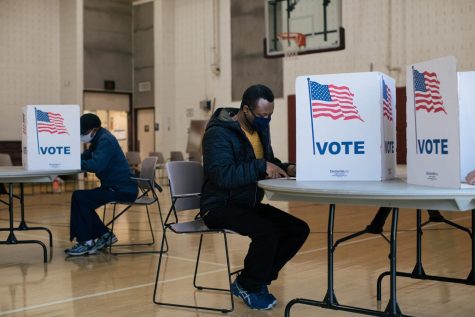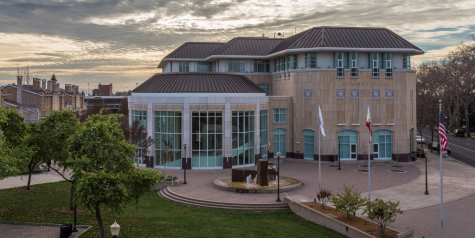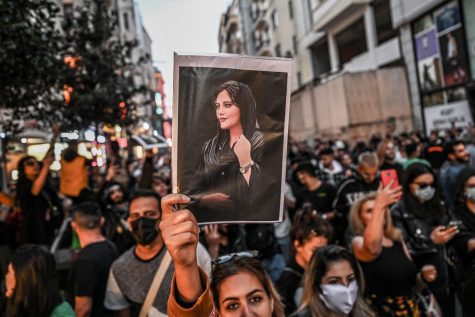Hayward to Replace Red Light Cameras With Police Officers
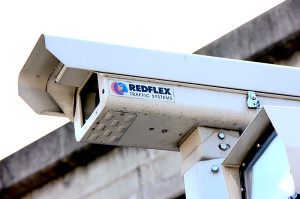
A recent decision by the Hayward City Council will stop the use of red light cameras around the city.
The city of Hayward will no longer use red light cameras to enforce good behavior at signal lights, and will instead have police officers watch traffic, according to Police Chief Diane Urban.
The motion was passed 6-1, with the only dissenting vote coming from Councilmember Barbara Halliday. She said she did not believe that sufficient evidence was shown to prove the camera system was ineffective.
“I think we ought to think about the statistics that you can’t actually measure, and that is the lives that have been saved, the injuries that have been prevented, the accidents that have not occurred because people know that these cameras are there,” said Halliday.
Since the camera system was implemented in 2007, rear end collisions have gone up, Urban said. The data collected has been “consistently inconsistent,” she said, and does not prove the system is effective.
Recently, police officers were deployed at the intersections with the most accidents, which Urban reported has led to an overall decrease in traffic violations by 35 percent.
The change leaves the city without revenue that the RedFlex camera system originally provided in the form of traffic tickets.
Urban said the current red light plan costs the city a little less than $1 million on an annual basis, and revenue from citations accounts for $1.3 million, giving the city close to $300,000 in additional income each year.
As such the alternate plan presented by the police chief does not take into account the cost of hiring new officers, said City Manager Fran David.
“Under the red light camera program we generate revenue to pay for those costs [to maintain the system],” David said. “Without the red light camera we do not generate that revenue therefore it becomes pure cost and we don’t have the money to [hire new officers] at this time.”
Jay Beeber, executive director of Safer Streets L.A., said in a report to the city that it could expect to recuperate the full $108,000 cost to terminate the program within three months. He based this upon his organization’s experience in Los Angeles when the city discontinued its use of red light cameras in 2011.
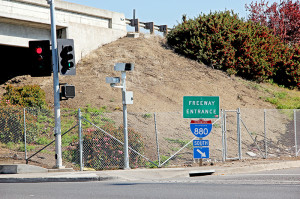
The city would see $151,748 net gain in revenue over the next two years, said Beeber, after accounting for the termination cost. This revenue would be gained within the next two fiscal years, and would be generated from “the lag time to process [previous] photo red light citations and payments made by violators.”
RedFlex Northern California Account Manager Chuck Uhler, who represented RedFlex at the meeting, acknowledged the situation in Hayward was “atypical” of what happened in other cities that used their system.
He recommended that the city could temporarily deactivate the camera system and leave it in place if they decide to re-implement them.
“In Hayward, you could take your existing program, and if you choose to either terminate or phase out, you can leave the systems in place, conduct a study and find out what drives behavior after these programs are turned off, and then come back and revisit the entire process afterwards, leaving the equipment in place, conduct a study and find out what drives behavior after these programs are turned off, and then come back and revisit the entire process afterwards, leaving the equipment in place so that it could be easily reinstalled if that was a determination,” said Uhler.
An alternative Uhler presented was to turn off some cameras where they have been proven to be ineffective, and to keep cameras where they have reduced traffic violations.
Urban mentioned several initiatives the police department has implemented to reduce traffic violations. Recently, the yellow light times have been increased by a fraction of a second, which Urban claims has been proven nationally to reduce running of red lights. The plan has only been in effect for a few months, and it has not yet been possible to judge its impact as a whole.
Another plan the police department has implemented is giving drivers a verbal warning versus a ticket, when they make a traffic violation. Urban said that these violations would still appear on these drivers’ record, but verbal contact can sometimes be enough to encourage drivers “to make a change.”
The issuance of tickets instead of a verbal warning is up to the discretion of each individual officer, she said.
“I think we’re all kind of soft-hearted at times, and we want to give people a break, and the idea is really to just get people to change behavior,” says Urban.
A Supreme Court decision over whether photographs from red light cameras are admissible for use as evidence is due between June and October this year. If the decision states that photographic evidence from the cameras is not sufficient, the city would not have the option to use cameras in the future.











